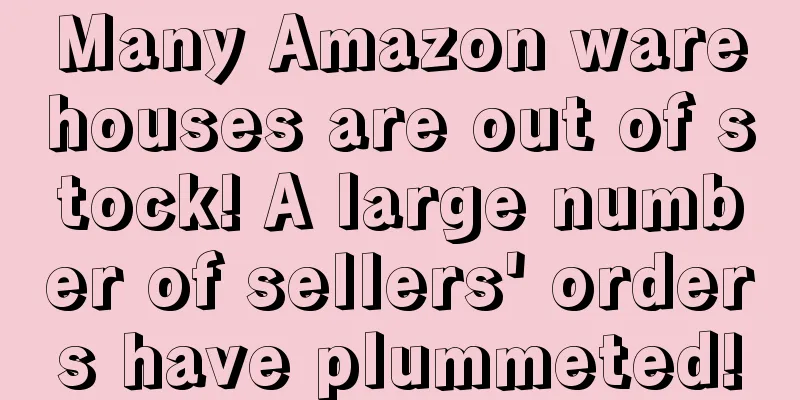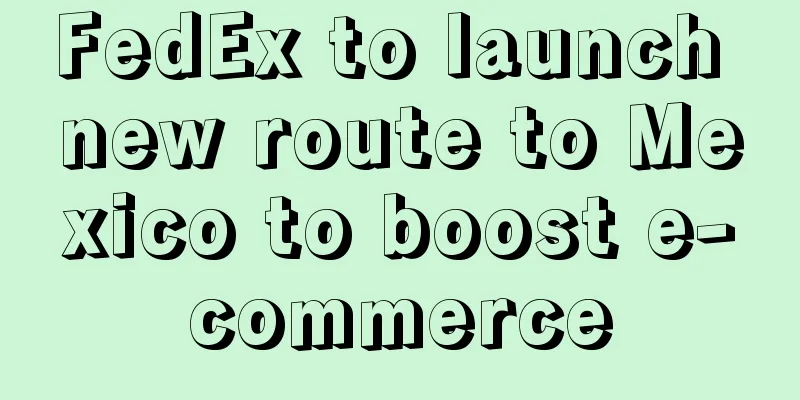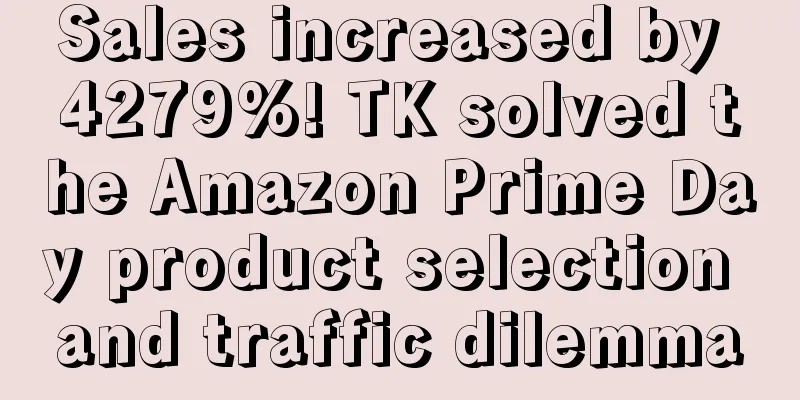Competing to open up to third parties, vertical B2C platforms in the United States are on the rise

|
According to the latest report from Modern Retail, in the United States, some vertical category retailers are opening up to third-party sellers to build vertical category B2C e-commerce platforms. The influx of these e-commerce platforms may change the industry landscape, but it also brings new opportunities for cross-border sellers. Some of the first physical retailers to launch online marketplaces were large retailers such as Target and Walmart, but now vertical retailers from all walks of life have also begun to launch marketplace platforms to compete with large e-commerce platforms in their vertical fields. Although there are many risks in launching third-party marketplace platforms, if handled properly, it will benefit both the platform and the third party. The technical foundation is mature, and vertical e-commerce platforms are beginning to emerge Last July, US stationery retailer PaperlessPost launched a third-party online marketplace. In January this year, David's Bridal launched the Pearl marketplace platform, allowing third parties to join and help brides find services such as venues, photographers and caterers. Recently, Michaels, an American arts and crafts retailer, also announced the launch of a third-party e-commerce platform. The number of third-party products on the platform currently exceeds 750,000. The emergence of these platforms is mainly due to the maturity of the technical foundation. Today, more and more technology suppliers can help retailers build B2C e-commerce platforms, such as third-party software-as-a-service solutions Mirakl and BigCommerce, and the cost of building a platform is getting lower and lower. The brand reputation of these vertical retailers in their respective sectors gives them an advantage over large e-commerce platforms, which is difficult for platforms such as Amazon to achieve. Michaels, for example, has brought together sellers in the arts and crafts category, including those selling art supplies, journaling products, and baking supplies, among others. Meanwhile, independent furniture retailer Mathis Home launched its own marketplace in December, aiming to be a one-stop shop for home goods. Some retailers are using marketplaces to add peripheral products. For example, 1-800-Flowers.com focuses on flower arrangements, but is expanding further into the gifting space through its marketplace Gifts & More, which features gifts from local sellers.
Opportunities and risks of vertical e-commerce platforms For third-party sellers, joining vertical e-commerce platforms presents both opportunities and challenges. First, vertical e-commerce platforms face less competition, making it easier for sellers to seize market share. Second, smaller platforms have lower sales commissions and advertising fees than platforms such as Amazon and Walmart, and their audiences are more precise. It is reported that opening up third parties has more than quadrupled Michaels' online product categories. Michaels does not charge subscription fees or listing fees, but instead provides sellers with a standard sales commission rate. On David's Bridal's Pearl Marketplace, third-party sellers need to pay fees ranging from $49 to $119 per month. But at the same time, the quality of third-party sellers’ products directly affects the reputation of these vertical e-commerce platforms, which in turn will affect the sales of third-party sellers. Currently, arts and crafts retailer Michaels restricts third-party sellers to its platform by invitation only. Although the threshold is high, it ensures a competitive environment on the platform to a certain extent. Overall, if handled properly, both vertical retailers and third-party sellers can benefit from this solution, with retailers being able to expand their consumer experience and sellers being able to gain market share on a less competitive and more level playing field. Editor✎ Ashley/ Disclaimer: This article is copyrighted and may not be reproduced without permission. |
<<: How does the Silicon Valley Bank collapse crisis affect the e-commerce market?
>>: U.S. inflation cools more than expected, online item prices fall for 6 consecutive months
Recommend
What is the Wireless Power Consortium? Wireless Power Consortium Review
The Wireless Power Consortium was founded on Decem...
What is the appropriate range for ACoS control? Many people make this mistake!
Everyone knows that ACOS=Spend/Sales. ACOS is one ...
Using Google Shopping to expand e-commerce business series ②: Merchant Center and advertising policy
<span data-shimo-docs="[[20,"【编者按】谷歌购物广告(G...
Amazon Damai explains funnel advertising for you
New link opens advertisement--- AB automatic: 10/...
What is Haisutong Cross-border? Haisutong Cross-border Review
Xiamen HST Express Cross-border E-commerce Service...
Inflation is rising and the economy is in recession! How is the spending power of Americans this peak season?
<span data-docs-delta="[[20,"获悉,根据美国会议委员会(...
What is Vlinkton E-Warehouse? Vlinkton E-Warehouse Review
Vlinkton Cloud Warehouse (Shenzhen Vlinkton Supply...
Walmart Canada announced that it will stop using single-use plastic bags by 2022!
<span data-shimo-docs="[[20,"获悉,据外媒报道,近日加拿...
Amazon launches new feature, sellers: peak season is guaranteed!
In the era of stock competition, as one of the imp...
Cross-border version of 3.15: Account selling service providers and Amazon’s 350,000 product sales have all collapsed!
The annual 315 Party came as scheduled. At the mee...
I have been working at Amazon for two and a half years. It is not easy to survive.
At the end of 2017, I don’t know where I got the ...
How to run Facebook ads for Amazon products?
Now, more and more companies are running Facebook ...
Newegg lost $57.4 million last year and its net sales plummeted 27.6%!
It is learned that on April 24, Newegg announced i...
32 Amazon operational issues (absolutely dry goods)
The above is only a part of it, and the file is r...
What is Qaya? Qaya Review
Qaya is part of Area120, an incubator for new prod...









